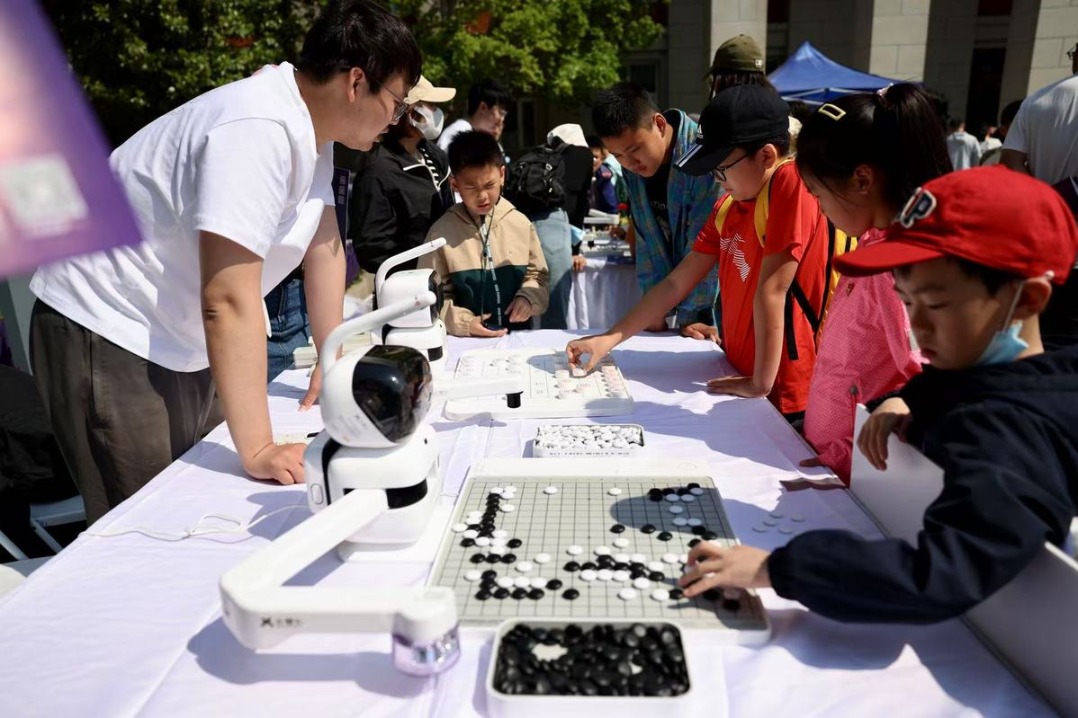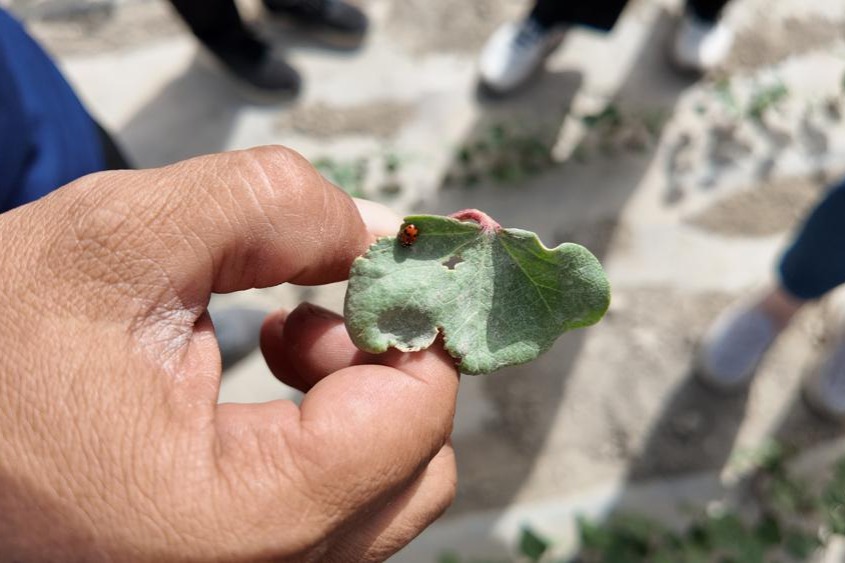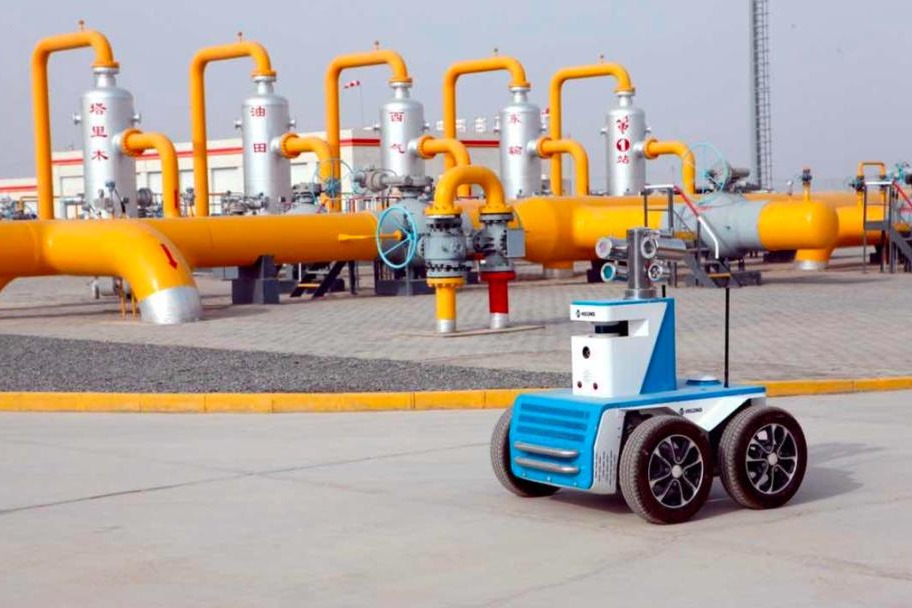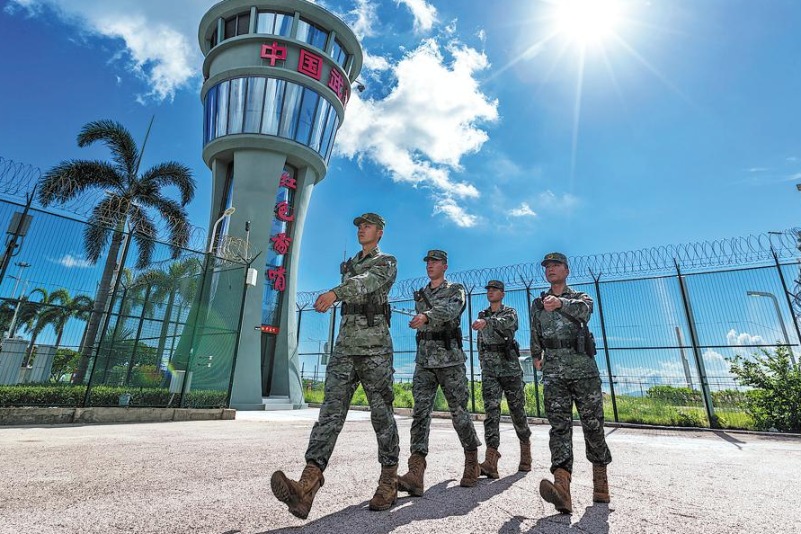Launch of 1st mission to take samples from orbiting asteroid announced

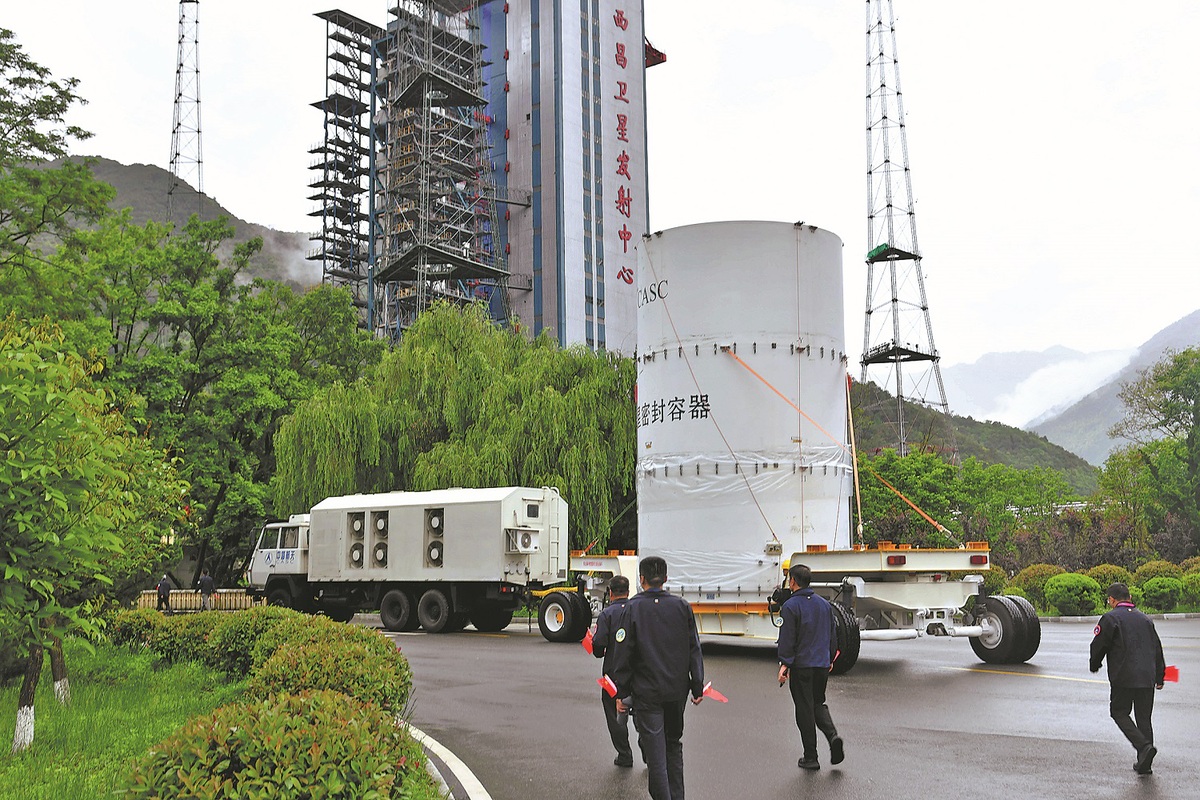
China's first asteroid sample-return mission, Tianwen 2, is scheduled for launch within the next two weeks from the Xichang Satellite Launch Center in Sichuan province, according to the China National Space Administration.
The Tianwen 2 robotic probe was moved to the launch preparation area at the center on Sunday morning to undergo prelaunch functional checks, the administration said in a brief news release.
The spacecraft was transported to the mountainous spaceport in late February for fueling and extensive examinations. Its carrier rocket, a Long March 3B, was moved to the launch preparation area on Wednesday, the CNSA said.
According to mission planners, Tianwen 2, the country's second interplanetary expedition, will target 2016 HO3, the smallest and closest quasi-moon for Earth.
The basic plan is to use a carrier rocket to send a probe comprising two parts — an orbiter and a reentry module — toward the asteroid.
After approaching 2016 HO3, the unmanned spacecraft will orbit the asteroid for months and then fly very close to it to use a mechanical arm to scoop dust from the surface.
Tianwen 2 will then fly back to Earth's orbit and release its reentry module, which will return home with the samples. The orbiter will then embark on a new journey toward a main-belt comet called 311P to continue its scientific exploration tasks.
Also known as 469219 Kamo'oalewa, 2016 HO3, was first spotted in April 2016 by an asteroid survey telescope at the Haleakala High Altitude Observatory in Hawaii.
The celestial body orbits the sun, so it remains a constant companion of Earth. It is too distant to be considered a true moon of Earth, but it is the best and most stable example to date of a near-Earth companion, or quasi-moon. Scientists believe that it contains clues to the solar system's early history, including its original composition and the process of its formation and evolution.
Meanwhile, 311P is part of the main asteroid belt between Mars and Jupiter. Its physical composition is like those of comets, but its orbital characteristics resemble those of asteroids, according to astrophysicists.
Tianwen missions, named after an ancient Chinese poem, cover China's interplanetary exploration endeavors.
Tianwen 1 was launched in July 2020, and it successfully touched down on Mars in May 2021. The probe deployed a rover, named Zhurong, to explore the Red Planet. Zhurong was the sixth rover on Mars, after five that were deployed by the United States.
zhaolei@chinadaily.com.cn
- Launch of 1st mission to take samples from orbiting asteroid announced
- Museums celebrated around the country
- 'River ethics' key to healthy waterways
- Striving for a more closely knit China-Arab community with a shared future
- Chinese military radar systems set up to attract foreign buyers at Hefei expo
- Rangers put passion into scientific surveys

















